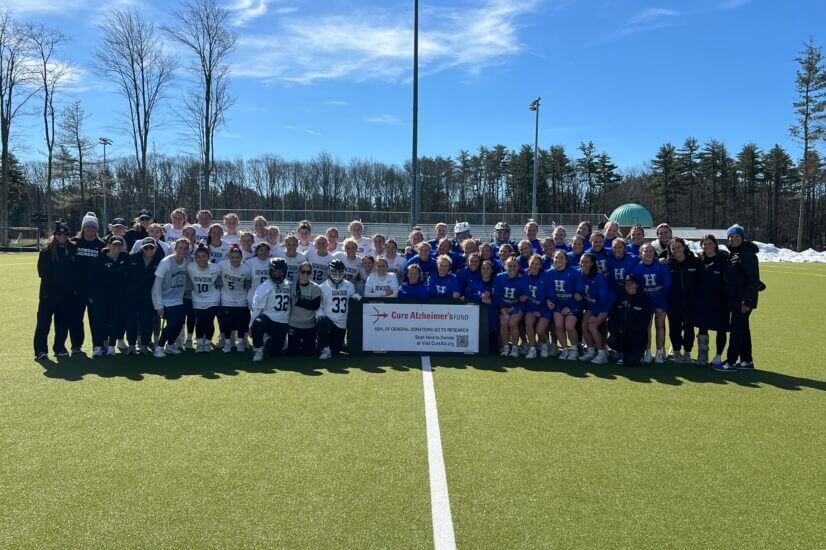
Posted August 20, 2010
The recent Lilly Alzheimer’s drug failure, while disappointing, brings up critical issues around what is next in the “drug” pipeline and the validity of the Amyloid hypothesis. An article on Bloomberg.com yesterday covers the story well. Lilly Alzheimer’s Setback Threatens Rivals’ Prospects.
The article points to the weaknesses in Lilly’s trial. First, there is still no consensus that the target of their trial is the best solution. Analyst Les Funtleyder from Miller Tabak & Co. notes:
“The problem is that amyloid is still not the unanimous choice for what causes Alzheimer’s. If you don’t understand how the disease starts and operates, it’s going to be hard to find a cure or a treatment. That’s what we are up against.”
Furthermore, Rudy Tanzi, Cure Alzheimer’s Fund Research Consortium chairman, notes that the way in which Abeta was targeted by the Lilly drug was not optimal.
“the failure of the Lilly drug was due to the poor performance of the drug they used rather than the entire approach of controlling beta-amyloid. Gamma secretase has dozens of proteins it must cleave to have a healthy brain and a healthy body. You can’t hit that enzyme with a sledgehammer because it’s vital and has lot of different functions.”
While the drug failure is frustrating, we weren’t terribly surprised. See Tanzi’s write-up titled Novel Therapies for Alzheimer’s Disease Based on Early Onset Genes which was prepared as Supplemental Information for Senate Special Committee on Aging Hearing in the Summer of 2008. He wrote:
LY450139(the Lilly drug) is a gamma secretase inhibitor (GSI) targeted at blocking the activity of gamma-secretase, an enzyme necessary for the production of A-beta. While this particular drug has done quite well recently proceeding all the way to phase III clinical trials, this class of drug has generally been shrouded with potential safety concerns. This is because the enzyme, gamma-secretase, is normally needed to process many other proteins beyond the APP. For example, gamma-secretase is required to processes the essential protein called Notch. When this event is blocked, the result can be skin cancer. Yet, the fact that Lilly’s candidate has made it all the way through to phase III trials would attest to this inhibitor’s safety.
That Dr. Tanzi was skeptical of the Lilly drug over two years ago should be proof enough that the current research strategy is too narrow-minded in its approach. A successful drug for AD will require one that 1. Is safe; 2. Gets into the brain; and 3. Has sufficient potency. With the hope of achieving this goal, Cure Alzheimer’s Fund is supporting research at UCSD and MGH on drugs called gamma secretase “modulators”, which lower amyloid beta protein levels without the safety issues of the gamma secretase inhibitor that just failed at Lilly.
This failure reaffirms the rising importance of better understanding the triggers behind Alzheimer’s. As Tanzi also says in the Bloomberg article,
“If the existing drugs don’t work, advances in genetics are giving researchers a growing list of targets to slow or prevent Alzheimer’s disease”
And this is our goal at Cure Alzheimer’s Fund. More research is needed to make sure we are driving toward a cure. We hope the Lilly trial sends a message to all those effected by this disease: better understanding of the cause will lead to better chances of finding a cure.





